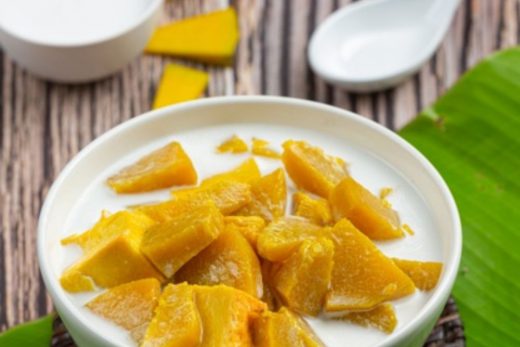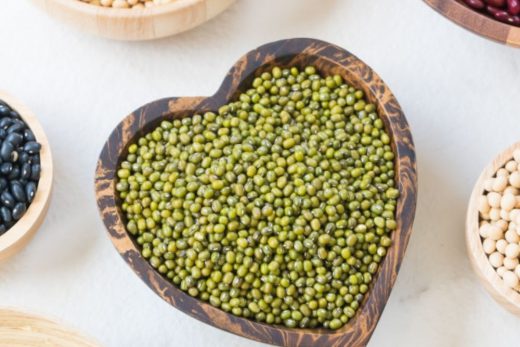But it is safe to say that modern pastrami couldn’t exist without a form of preserved meat known by at least one of the aforementioned names, the most common of which was “pastirma.” Trade journals from the 1850s indicate that the area known today as Romania was exporting “pastroma, or jerk beef” from Brăila, one of the primary ports on the Danube River, by the mid-19th century, if not earlier. In his 1878 text, A Handy Dictionary of Commercial Information, Edward T. Blakely described the preparation as “ox, sheep, or goat’s flesh salted, with garlic and spices, and dried in the sun for winter food.”
Many accounts of pastrami’s history claim that the original Romanian version was made with goose, but that its makers adapted the preparation to cheaper, more plentiful beef after moving to the United States. This idea seems to derive from a single source, Marcus Eli Ravage’s 1917 book, An American in the Making: The Life Story of an Immigrant, in which the Romanian-born author recalls an early-1900s New York City where “on Rivington Street and on Allen Street the Rumanian delicatessen-store was making its appearance, with its goose-pastrama and kegs of ripe olives and tubs of salted vine-leaves.” But, as trade journals and many other sources make clear, Romanians were making pastirma from all sorts of different meats back in the old country, primarily beef.





